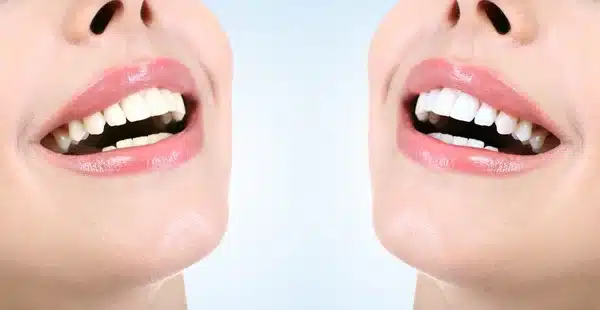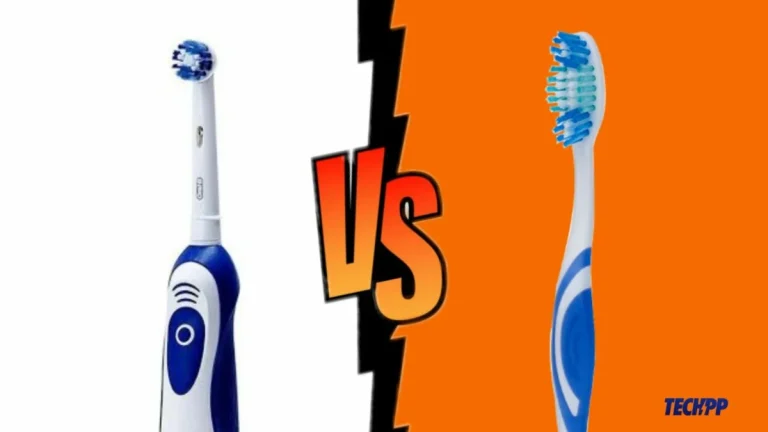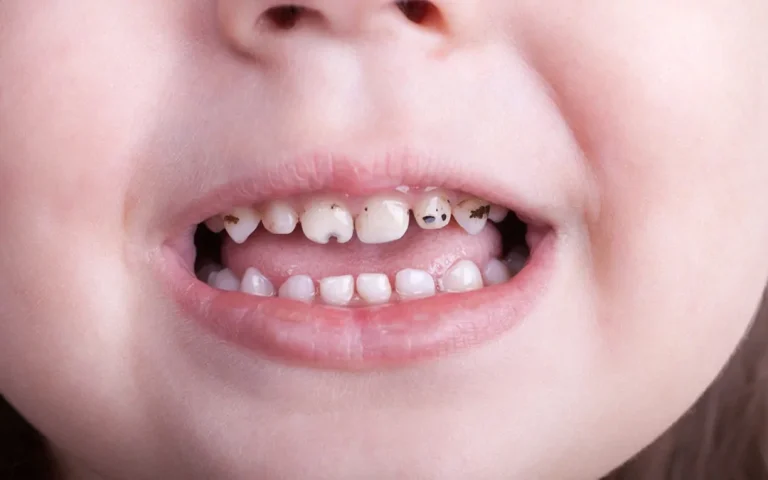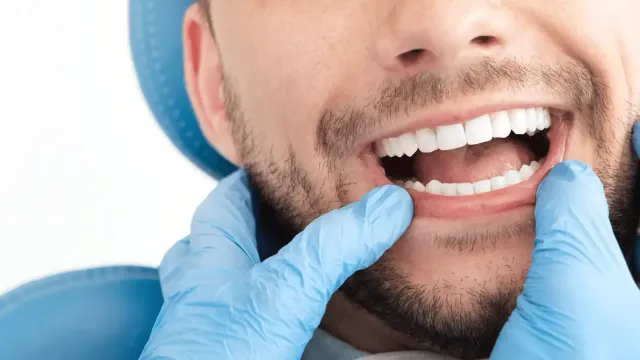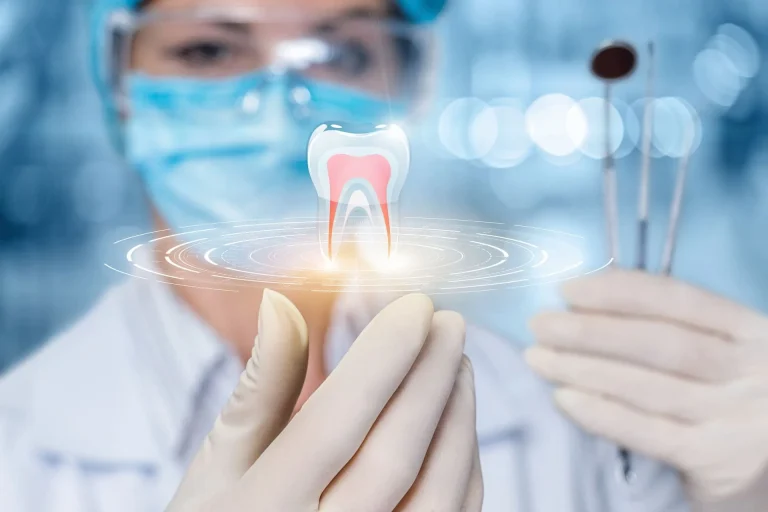Natural Teeth Whitening Remedies: Do They Really Work?
The Allure of Natural Teeth Whitening
Let’s face it—everyone wants a brighter, whiter smile. It’s no wonder natural teeth whitening remedies have become the go-to for folks looking to ditch the chemicals and save a few bucks. From TikTok hacks to grandma’s old-school tricks, the internet is flooded with DIY methods promising pearly whites without the dentist visit. But why are so many people jumping on the natural whitening bandwagon?
For starters, natural remedies often feel safer. The idea of slathering your teeth with harsh chemicals can be a little intimidating, right? Plus, let’s not forget the cost factor. Professional whitening treatments can put a dent in your wallet, while baking soda and coconut oil are already sitting in your pantry. And let’s be real—there’s something satisfying about taking matters into your own hands. Who doesn’t love a good DIY project?
But here’s the thing: just because something is natural doesn’t always mean it’s effective—or even safe. Sure, that viral video claims rubbing banana peels on your teeth will make them sparkle, but where’s the proof? Before you start scrubbing your teeth with charcoal or swishing oil like it’s mouthwash, let’s take a closer look at what really works (and what might leave you with more problems than you started with).
So, are natural teeth whitening remedies the real deal, or just another internet myth? Stick around as we dive into the science, the risks, and the truth behind these popular methods. Your smile deserves the best, and we’re here to help you figure out what that really means.
Popular Natural Whitening Methods: Do They Deliver?
When it comes to natural teeth whitening, there’s no shortage of methods to try. But do they actually work, or are they just another social media trend? Let’s break down some of the most popular natural remedies and see what the science has to say.
Oil Pulling: Ancient Remedy or Modern Miracle?
Oil pulling has been around for centuries, rooted in Ayurvedic medicine. The idea is simple: swish a tablespoon of coconut oil (or sesame oil) in your mouth for 15-20 minutes, then spit it out. Proponents claim it removes toxins, kills bacteria, and—you guessed it—whitens teeth.
But does it work? While oil pulling might help reduce bacteria and improve gum health, there’s little evidence to suggest it significantly whitens teeth. Sure, it might make your mouth feel cleaner, but if you’re looking for a Hollywood-level glow, this might not be your golden ticket.
Baking Soda: The Kitchen Cabinet Whitener
Ah, baking soda—the Swiss Army knife of home remedies. From cleaning sinks to deodorizing fridges, it’s no surprise it’s a popular choice for teeth whitening. Its mild abrasive properties can help scrub away surface stains, making your teeth appear brighter.
But here’s the catch: overuse can wear down your enamel, leaving your teeth more sensitive and prone to damage. Think of it like scrubbing a countertop too hard—it might look cleaner at first, but you could end up with scratches. Moderation is key!
Activated Charcoal: The Trendy Black Powder
Activated charcoal has taken the wellness world by storm, and teeth whitening is no exception. This fine black powder is said to absorb stains and toxins, leaving your teeth looking whiter. Sounds pretty cool, right?
Well, not so fast. While charcoal might remove some surface stains, it’s also highly abrasive and can scratch your enamel if used too often. Plus, there’s no long-term evidence to back up its whitening claims. So, while it might give you a temporary boost, it’s not a miracle solution.
Fruit-Based Methods: Sweet but Risky
Strawberries, lemon juice, apple cider vinegar—these natural acids are often touted as whitening agents. The idea is that their acidity breaks down stains, revealing a brighter smile.
But here’s the problem: acid is tough on your enamel. Over time, these methods can erode your teeth, leading to sensitivity and even discoloration. It’s like using a magic eraser on a delicate surface—it might work at first, but you could end up causing more harm than good.
The Bottom Line
While natural teeth whitening methods might offer some short-term results, they’re not without risks. Scrubbing your teeth with baking soda or swishing charcoal might sound like a quick fix, but it’s important to consider the long-term impact on your enamel. After all, a healthy smile is about more than just looking good—it’s about feeling good, too.
So, before you start experimenting with your pantry staples, let’s dig deeper into the science behind these remedies. Are they worth the hype, or should you stick to the pros? Keep reading to find out!
The Science Behind Natural Whitening Remedies
Alright, let’s get down to the nitty-gritty: what does science actually say about these natural teeth whitening methods? Are they backed by solid evidence, or are they just another case of internet hype? Let’s take a closer look.
Oil Pulling: More Hype Than Proof
Oil pulling has been around for centuries, but modern science hasn’t found much evidence to support its teeth-whitening claims. While some studies suggest it can reduce bacteria and improve gum health (which is great!), there’s no concrete proof that it significantly whitens teeth. Think of it as more of a complementary practice rather than a standalone whitening solution.
Baking Soda: A Mild Abrasive with Limits
Baking soda’s whitening power comes from its mild abrasive properties, which can help scrub away surface stains. In fact, many toothpaste brands include baking soda as an ingredient for this very reason. However, the key word here is mild. Overusing baking soda can wear down your enamel, leading to sensitivity and even making your teeth look yellower over time (since enamel erosion exposes the naturally yellow dentin underneath).
Activated Charcoal: More Marketing Than Magic
Activated charcoal has become a buzzword in the wellness industry, but its teeth-whitening benefits are largely anecdotal. While it might remove some surface stains, there’s no scientific evidence to show it can penetrate deeper stains or provide long-term whitening. Plus, its abrasive nature can damage enamel if used too frequently.
Fruit-Based Methods: Acidic and Risky
Strawberries, lemons, and apple cider vinegar are packed with natural acids that can break down surface stains. However, these acids can also erode your enamel, leading to sensitivity and even making your teeth more prone to staining in the future. It’s a classic case of “too much of a good thing.”
Why Enamel Health Matters
Here’s the thing: your enamel is the protective outer layer of your teeth, and once it’s gone, it’s gone for good. Many natural whitening methods focus on removing stains but don’t take enamel health into account. This can lead to a vicious cycle—your teeth might look whiter at first, but over time, they could become more sensitive and discolored.
The Takeaway
While natural teeth whitening remedies might offer some short-term benefits, they’re not a one-size-fits-all solution. The science shows that many of these methods come with risks, especially when it comes to enamel health. So, before you start scrubbing your teeth with baking soda or swishing charcoal, it’s worth considering whether the potential benefits outweigh the risks.
But what about professional whitening methods? How do they stack up against these natural remedies? Let’s dive into that next.
Natural Remedies vs. Conventional Whitening Methods
When it comes to teeth whitening, you’ve got options—lots of them. On one hand, there are natural remedies like baking soda and activated charcoal. On the other, there are professional treatments like in-office whitening and take-home kits. But how do they stack up against each other? Let’s break it down.
Natural Remedies: The DIY Approach
Natural teeth whitening methods are appealing for a few reasons. They’re often cheaper, easier to access, and don’t require a trip to the dentist. Plus, they feel safer because they’re, well, natural. But as we’ve already discussed, they come with their fair share of risks—enamel erosion, sensitivity, and uneven results, to name a few.
The bottom line? Natural remedies might work for minor surface stains, but they’re not a reliable solution for deeper discoloration. And if you’re not careful, they could do more harm than good.
Professional Whitening: The Gold Standard
When it comes to effectiveness and safety, professional teeth whitening is hard to beat. Dentists use high-concentration bleaching agents (like hydrogen peroxide or carbamide peroxide) that are carefully applied to your teeth. This ensures even coverage and minimizes the risk of gum irritation or enamel damage.
- In-Office Whitening: This is the fastest and most effective option. In just one visit, you can lighten your teeth by several shades. Plus, your dentist can tailor the treatment to your specific needs, ensuring optimal results.
- Take-Home Kits: These kits are custom-made for your teeth and come with professional-grade whitening gel. While they take longer to show results (usually a few weeks), they’re a more affordable alternative to in-office treatments.
Cost Comparison: Is Natural Really Cheaper?
At first glance, natural remedies seem like the budget-friendly choice. A box of baking soda or a jar of coconut oil costs just a few bucks, right? But here’s the thing: if these methods damage your enamel or irritate your gums, you could end up spending way more on dental repairs down the line.
Professional whitening, while more expensive upfront, is a safer and more reliable investment. Plus, many dental clinics offer payment plans or discounts, making it more accessible than you might think.
Time and Convenience
Natural remedies often require consistent effort over weeks or even months to see results—if they work at all. On the flip side, professional treatments deliver noticeable results in a fraction of the time. If you’re looking for a quick fix before a big event, natural methods probably won’t cut it.
The Verdict
While natural teeth whitening remedies might seem like a tempting shortcut, they’re not without risks. Professional whitening, on the other hand, offers a safer, more effective, and longer-lasting solution. Sure, it might cost more upfront, but when it comes to your smile, isn’t it worth investing in something that actually works?
So, what’s the best way to whiten your teeth without compromising your dental health? Let’s wrap things up with some expert tips.
Tips for Safe and Effective Teeth Whitening
So, you’ve decided you want a brighter smile—awesome! But before you start experimenting with DIY remedies or booking a professional whitening session, there are a few things you should know to keep your teeth healthy and glowing. Here are some expert tips to help you whiten your teeth safely and effectively.
1. Consult Your Dentist First
This might sound like a no-brainer, but it’s worth repeating: always talk to your dentist before starting any whitening treatment. They can assess your dental health, recommend the best options for your specific needs, and warn you about potential risks. Plus, they can help you avoid wasting time (and money) on methods that won’t work for you.
2. Choose the Right Method for Your Stains
Not all stains are created equal. Surface stains from coffee, tea, or red wine can often be treated with over-the-counter whitening products or natural remedies (used sparingly!). But deeper, intrinsic stains caused by aging, medication, or genetics usually require professional treatment. Knowing the difference can save you a lot of frustration.
3. Don’t Overdo It
Whether you’re using a natural remedy or a professional kit, moderation is key. Over-whitening can lead to enamel erosion, sensitivity, and even a translucent or bluish appearance—yikes! Follow the instructions carefully, and if you’re unsure, ask your dentist for guidance.
4. Maintain Good Oral Hygiene
Whitening your teeth is just one piece of the puzzle. To keep your smile looking its best, stick to a solid oral care routine:
- Brush twice a day with fluoride toothpaste.
- Floss daily to remove plaque and prevent stains between teeth.
- Rinse with an antibacterial mouthwash to keep your gums healthy.
5. Watch What You Eat and Drink
Certain foods and beverages are notorious for staining teeth. If you’re serious about maintaining a white smile, try to limit your intake of:
- Coffee, tea, and red wine
- Dark sodas and fruit juices
- Berries, tomato sauce, and other pigmented foods
When you do indulge, rinse your mouth with water afterward to minimize staining.
6. Consider Touch-Ups
Whitening isn’t a one-and-done deal. Over time, your teeth will naturally accumulate stains again. Depending on the method you choose, you might need occasional touch-ups to maintain your results. Your dentist can help you create a plan that works for your lifestyle.
7. Prioritize Dental Health Over Aesthetics
At the end of the day, a healthy smile is more important than a perfectly white one. If whitening treatments are causing sensitivity or other issues, it’s time to hit pause and reassess. Your teeth will thank you!
Conclusion
So, do natural teeth whitening remedies really work? The answer is… it depends. While some methods can help remove surface stains, they often come with risks like enamel erosion and sensitivity. On the other hand, professional whitening treatments offer a safer, more effective way to achieve a brighter smile—but they require a bigger investment upfront.
The key is to find a balance that works for you. Whether you choose to go natural or opt for professional help, always prioritize your dental health and consult your dentist before starting any whitening regimen. After all, a healthy, confident smile is the best accessory you can wear.
Ready to take the next step? Schedule a consultation with your dentist today to explore the best whitening options for your unique smile. Your future self will thank you!
FAQs
1. Are natural teeth whitening remedies safe?
While some natural remedies seem safer than chemicals, they can still pose risks. Abrasive substances like baking soda and charcoal can erode enamel, while acidic fruits can cause sensitivity and damage.
2. Do natural teeth whitening methods really work?
Some may help with minor surface stains, but they are generally not as effective as professional whitening treatments for deeper discoloration. Results can be inconsistent.
3. What are some popular natural teeth whitening methods?
Popular methods include oil pulling with coconut oil, brushing with baking soda or activated charcoal, and using fruit-based treatments like strawberries or lemon juice.
4. Is oil pulling effective for teeth whitening?
Oil pulling may improve gum health by reducing bacteria, but there’s limited evidence to support significant teeth whitening.
5. Can baking soda whiten teeth?
Baking soda’s mild abrasiveness can remove surface stains, but overuse can damage enamel, leading to sensitivity.
6. Is activated charcoal safe for teeth whitening?
Activated charcoal may remove some surface stains, but it’s abrasive and can scratch enamel. Long-term whitening benefits are not scientifically proven.
7. Are fruit-based methods safe for whitening teeth?
The acids in fruits like lemons and strawberries can break down stains but also erode enamel, leading to sensitivity and potential damage.
8. What is enamel and why is it important?
Enamel is the protective outer layer of your teeth. Once it’s damaged, it’s gone for good. Many natural whitening methods don’t consider enamel health, leading to potential long-term problems.
9. Are professional whitening methods better than natural remedies?
Professional methods are generally safer and more effective. They use controlled concentrations of bleaching agents and can be tailored to your specific needs.
10. What’s the best way to whiten teeth safely?
Consult your dentist first. They can assess your dental health, recommend the best whitening options, and provide guidance on safe and effective techniques. Maintaining good oral hygiene is also key.

